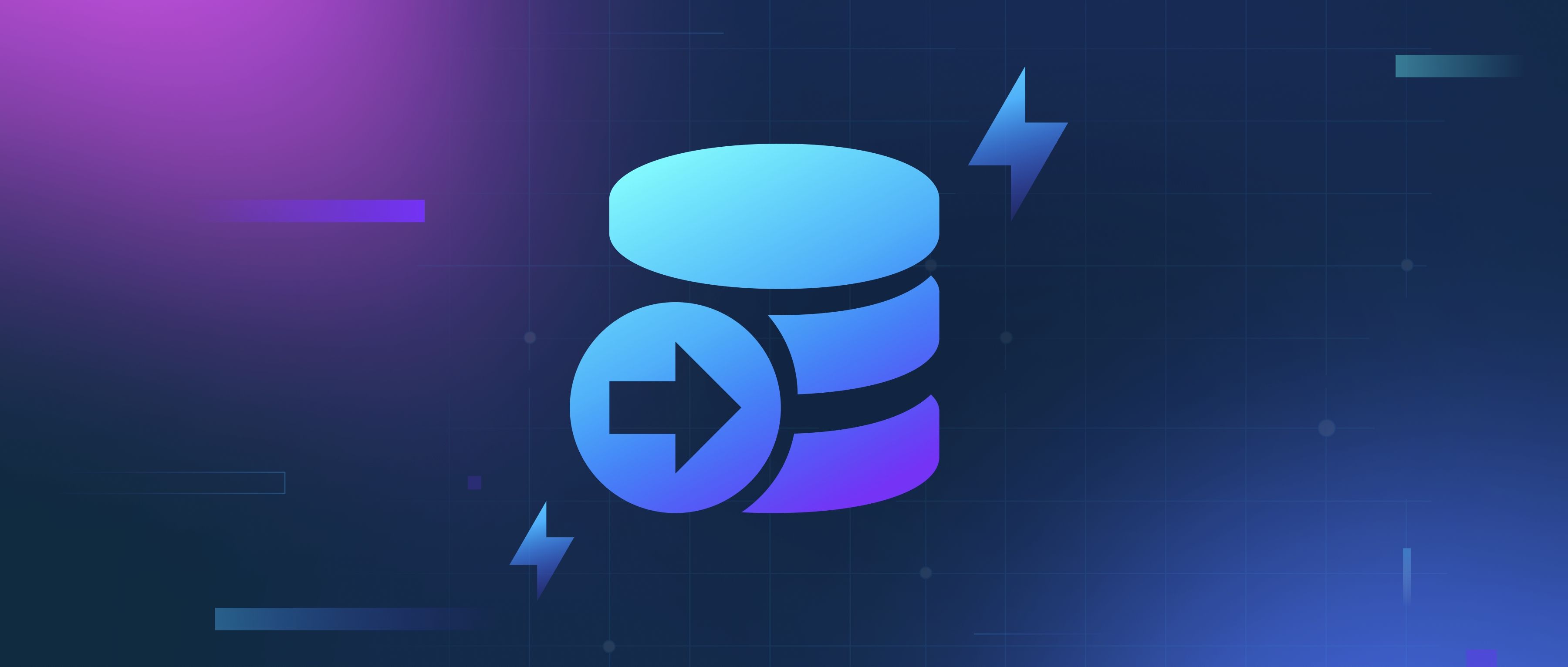Image attribute classification involves identifying and categorizing specific characteristics or attributes within an image. Rather than classifying an image as a whole (like "cat" or "dog"), this task focuses on recognizing particular features such as color, texture, or specific parts of an object. For example, in the context of fashion, image attribute classification might involve determining the color, size, and material of clothes in an image. In facial recognition, attributes like age, gender, and emotion can be classified based on the facial features extracted from the image. This task is often used in fine-grained image classification, where more detailed categories are required, such as distinguishing between different breeds of dogs, or identifying the presence of certain features in medical imaging (e.g., identifying tumors or lesions in radiological images). The process involves extracting specific features from the image, such as edges, textures, or other visual markers, and classifying those features into predefined categories. One popular technique for this task is Convolutional Neural Networks (CNNs), which are effective at automatically learning hierarchical features from images. Image attribute classification can be a valuable tool in many industries, such as retail (for clothing recognition), healthcare (for diagnostic imaging), and entertainment (for emotion recognition).
What is image attribute classification?

- Retrieval Augmented Generation (RAG) 101
- Getting Started with Milvus
- The Definitive Guide to Building RAG Apps with LlamaIndex
- Mastering Audio AI
- Master Video AI
- All learn series →
Recommended AI Learn Series
VectorDB for GenAI Apps
Zilliz Cloud is a managed vector database perfect for building GenAI applications.
Try Zilliz Cloud for FreeKeep Reading
How does collaborative filtering work with implicit data?
Collaborative filtering with implicit data is a technique used to make recommendations based on user behavior rather tha
What is a benchmark dataset, and why is it important for model evaluation?
A benchmark dataset is a standard set of data used to evaluate the performance of machine learning models. These dataset
How do embeddings handle ambiguous data?
Embeddings handle ambiguous data by considering the context in which the data appears. In NLP, for instance, words with